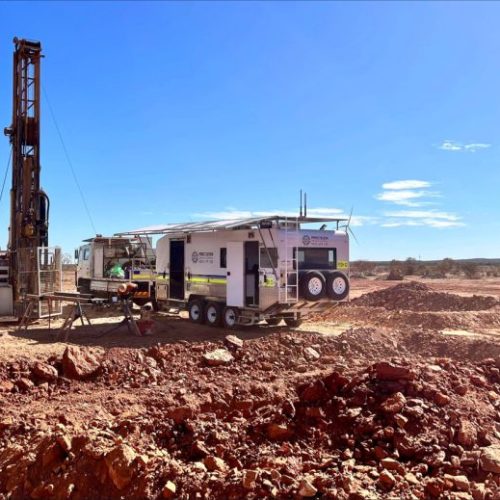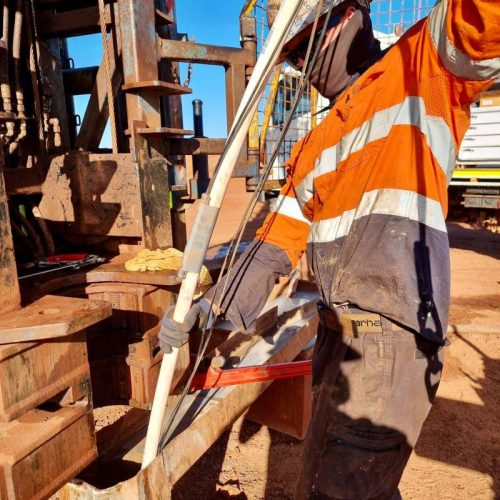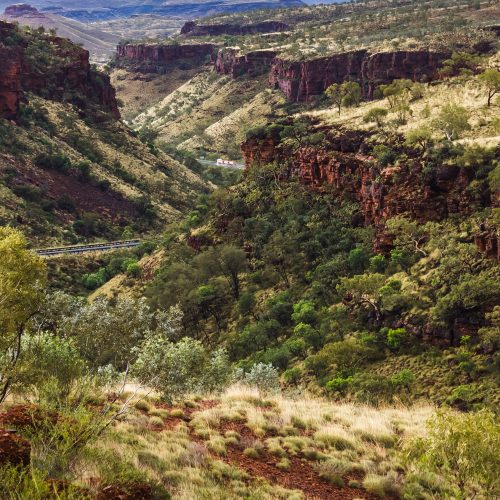Mud rotary water well drilling is an excellent technique for the environmental industry to install groundwater monitoring wells.This mud rotary drilling method is not only efficient but allows for swift installation of monitoring wells, but it also ensures superior penetration rates, even in the hardest geological formations.
Developed during the late 19th and early 20th century, mud rotary drilling is one of the main methods of well drilling for water and oil in areas that contain unconsolidated formations. In mud rotary drilling, fluid is pumped down the hollow drill pipe, and forced out of the waterways in the drill bit. That fluid then carries the cuttings, or cut materials, through the hole and up to the surface and the mud is reused either through a mud containment system or pit. The cuttings will then settle in a pit. From there, mud will flow from another trench from the pit. A suction hose then re-pumps the mud back into the drill string and bit. As the drill drills deeper, more pipe is added until the hole is finished being drilled.
Drilling fluids most commonly used contain clay additives, in the form of bentonite, or polymer based additives. Sometimes a combination of the two are used. This fluid also acts as a borehole stabiliser. It helps keep the structural integrity of the hole in place by forming what is known as a “wall cake.” This added support allows for greater well depth.
There are two main types of mud rotary drilling: direct mud and reverse mud. Direct mud drilling is the most commonly used method and is the one described here.



